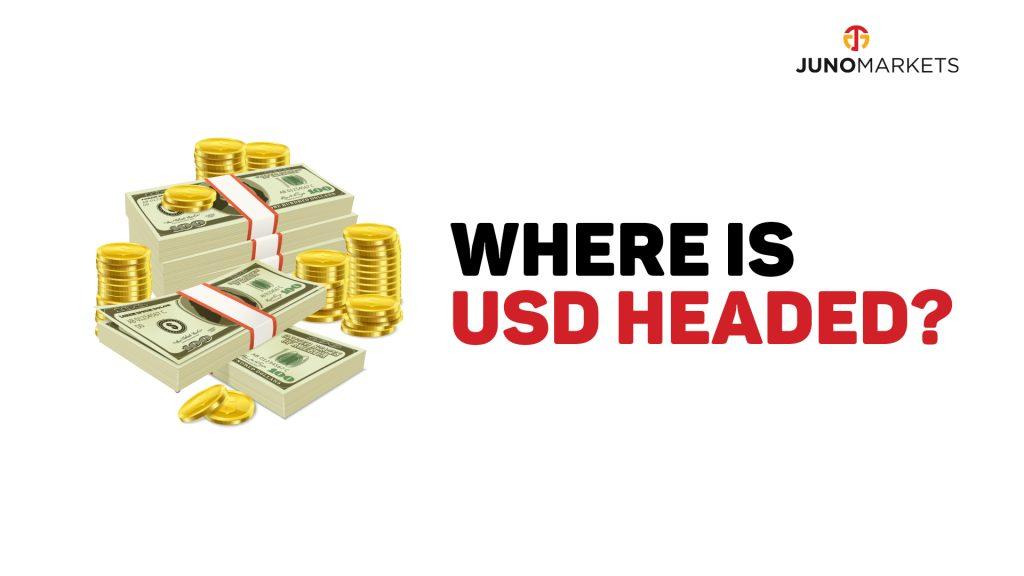Inflation as we all know is caused by rising prices that prompts central banks to boost interest rates in accordance with their responsibility to limit inflation as this is crucial to currency valuation.
According to US Treasury Secretary Janet Yellen, the continuous decline in gas prices can result to reduced inflation in August. Her remarks resulted to the recent dollar weakness. It is also difficult to claim that a pressure on oil would cause the CPI headline to print negatively. For the Fed, what matters is the Core CPI which includes all prices excluding food and energy.
The CPI figure is predicted to drop to -0.01%, which could allow the inflation rate to fall from its recent high of about 8.5% to 8.1%. While food and energy costs are excluded from the so-called Core CPI, it may rise by 0.3% m/m, bringing the y/y rate to 6.1%.
In the first full summer season since the pandemic, the American economy added 315,000 jobs in August and benefited from rising demand for services like leisure and hospitality.
It’s difficult to imagine a month with only modest price increases. A tiny improvement of 0.4% would indicate that the Fed’s efforts to reduce inflation are still far from over. The bank’s aim of 2% is significantly exceeded by a 0.4% monthly increase, which is about 5% annually.
What are the possible scenarios?
1. Higher than anticipated
If expectations are too low, a Core CPI beat of 0.4% or 0.5% would encourage dollar purchasing, increasing the likelihood of a fourth consecutive jumbo-sized rate hike and reversing part of the downward correction. Such a move would be in opposition to dollar sales that have been sparked by predictions of more dovish Fed action in September. Fed is expected to raise rates by 75bps next week.
2. In line with expectations
Core CPI of 0.3% MoM would represent a second straight reduction in underlying inflation, indicating under 4% annualized Core CPI and strengthening the case for a slowdown by the bank.
The possibility of a 50bps increase in November would increase. The dollar would probably stabilize recent losses without falling too far. The focus would shift to the retail sales statistics that will be released later in the week.
3. Below expectations
Any unexpected slowdown in Core CPI would have a negative impact on the dollar. When expressed in annualized terms, a 0.2% monthly gain is virtually at the Fed’s target of 2.5%. Officials would issue a warning that it might be an anomaly, but markets would act without hesitation.
These declines in inflation would lead to expectations for rate cuts in 2023 even in the more probable scenario, which is that the Fed sticks to its projections for September.
The CPI announcement offers the first concrete proof of inflation, which is still the Fed’s principal concern. The PCE inflation report isn’t due out until later in the month, and surveys of inflation estimates are only intended to reflect opinions, not actual prices.
Trade with caution as market volatility is already strong and is expected to increase further in response to the publication.




